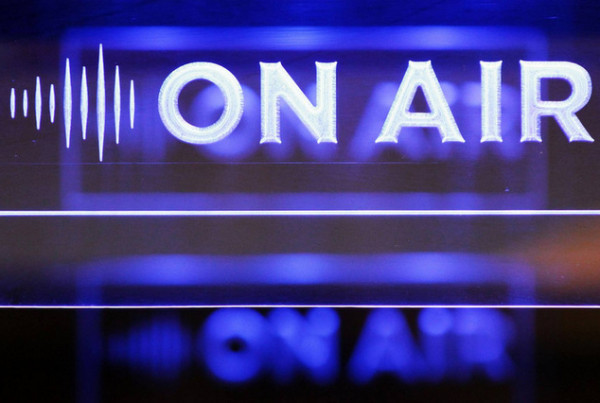The media relations manager at NASA’s Jet Propulsion Laboratory, Veronica McGregor, has been churning out tweets and live updates for the Mars missions since 2008. McGregor says having that period of time and the variety of missions to work with has taught her some important lessons about Twitter.
“The response that we’ve had on Twitter has been phenomenal, McGregor says. “In fact, the first account we did, Mars Phoenix, became the fifth most followed account on Twitter that year, that mission ended by the end of 2008 and we jumped straight over to doing the Mars Curiosity Rover mission.”
McGregor says one of the things that makes tweeting so appealing, both for NASA’s followers and for the people behind the missions, is the fact that there’s a constant feed of information and a transparency about what’s going on.
“The thing that makes it so different is that we’re able to give information to people directly, we’re able to give them daily updates about what’s going on in Mars and they’re able to ask a question right back at us if they don’t understand something that we’re doing.”
One simple but effective change, McGreggor says, is communicating directly to followers.
“Well that was something we experimented with back in 2008 back with that very first account, we were on our way to Mars at that time and I would make some postings in the third-person and some in the first-person and the reaction was completely different,” McGregor says.
“As soon as I said for that rover, ‘I’m on my way to Mars, I’m landing in three weeks and traveling at 46,000 miles an hour,’ suddenly people responded and they cheered, they asked questions, they said ‘what are you going to do when you get there?’ and it was that reaction and people feeling more comfortable having a conversation that we stuck with the first person on the next account.”












